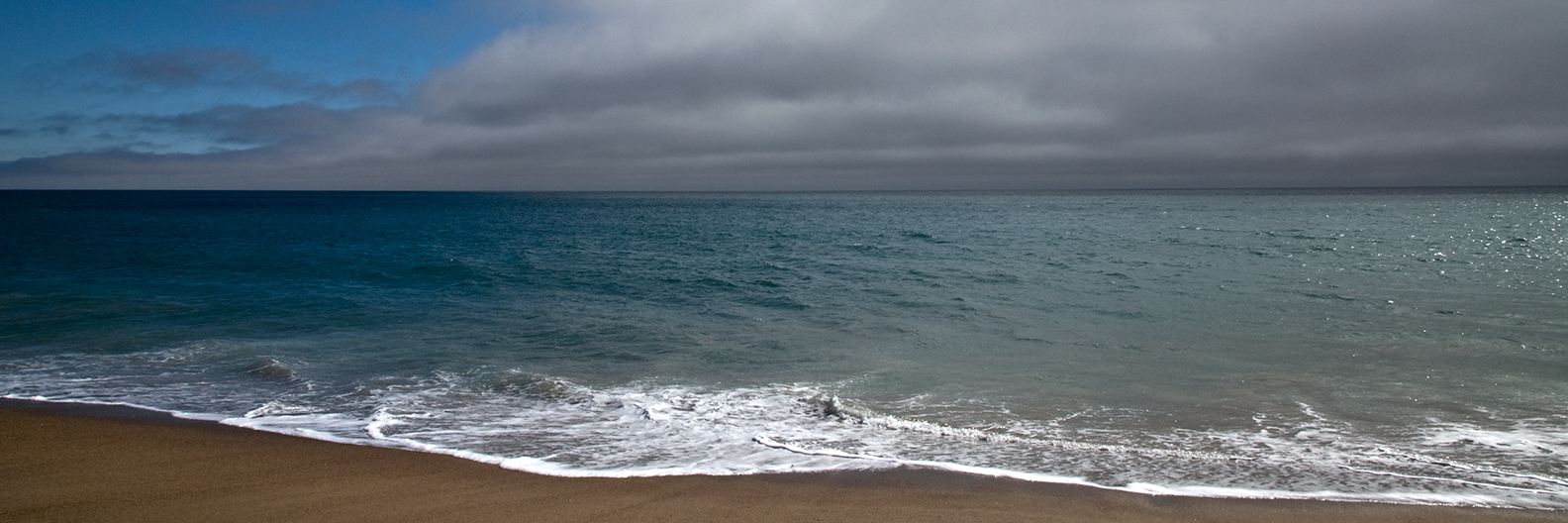
I feel that I need to say something about my new lens. Not a review, of course, because you can find those
here, and
here. This is more impressionistic, if you will. I’ve used it so far on both of my recent field trips to Point Lobos and Yosemite.
I have mentioned before my experience with Sony’s DSC-R1 camera,
here, and
here. As I said, "What attracted me to it [the Sony R1] was the large lens—a zoom lens that was the 35mm equivalent of 24-120, and the rotating LCD."
So as soon as Olympus announced a 12-60mm (35mm equivalent of 24-120mm) zoom lens meant for their digital SLRs, I immediately put it on my greed list. As soon as I found out the
price, I immediately took it
off my greed list. But of course, once something goes on your greed list, it might as well be chiseled in granite. It wasn’t long before I had adduced all manner of rationales for actually purchasing the lens.
So, lens ordered (from B&H), lens received, lens installed on the E-510.
I have to admit, the first thing you notice is the weight. I used my earlier Olympus camera, the legendary
C-8080, to take these product shots, so I took the opportunity to weigh all three combinations utilizing our handy digital kitchen scale: a) the C-8080, b) the E-510 with the 14-42mm "kit" lens and c) the E-510 with the new 12-60mm lens. The results:
C-8080: 1 pound, 12 ounces (28 ounces).
E-510 with 14-42mm lens: 1 pound, 13 ounces (29 ounces).
E-510 with (new) 12-60mm lens: 2 pounds, 11 ounces (43 ounces).
It’s clear that the 12-60mm represents a major (to me, at least) upscaling in weight (almost a pound more). Mr. Wrotniak, the Olympus guru,
states that "I was worried how [the 12-60 lens] will do on the smaller and lighter E-510. Surprise: I like it even more on that camera. Because
the lens is heavier than the E-510 body, I would rather handle the whole ensemble holding the lens itself, but either way this does not seem a problem." (Italics added.) Hm. Well, no, it’s not a
problem, as such. I mean, the camera, although weighing more than it did before, is still more comfortable to use than the Sony R1. (A change in neck strap, from elastic to inelastic, has helped.) But still, I think that I’m now approaching that mystical "use a camera that’s as heavy as you can carry"
point. Possibly my interest in backpacking and the attendant obsession with weight is influencing me here. It remains to be seen if I actually take it backpacking instead of the much lighter and easier to handle 14-42mm. (And you know that in fact, this combo would be, I’m sure, considered as extremely lightweight when compared to other entries from the Nikon and Canon companies.)
Then, the second thing you notice is the range: 24-120mm! (35mm equivalent.) Wow! Now that’s really useful, and it’s something that comes into play on a daily basis. No real examples to show here, but check out the prior Point Lobos / Yosemite images. In fact, although this paragraph is shorter, the range advantage completely blows away the piddley weight objections in the preceding paragraph.
The third thing, and I think that this is interesting, is something you don’t notice. As far as I’m concerned, there’s been no appreciable improvement in image quality. Again, that’s as far as I can see. This may speak more to the actual high quality of the 14-42mm "kit" lens as much as anything else.
Other things: I have not noticed any wobbles of the front part or non-smooth zooming action mentioned by Wrotniak. And since I’ve recently been taking mostly landscape shots, I haven’t been concerned by any of the barrel distortion issues, etcetera.
So it seems as if the only great thing is the extended range. But that’s why I got it! Well, it’s on the camera now! And it’s gonna stay there.
***
OK. Most likely unimportant, but I should probably mention this. An interesting fourth thing is . . . well, I don’t know exactly how to describe it. But the weight and heft of the new camera/lens combo does have a kind of psychological effect, bespeaking a complete seriousness of intent. You know, it’s just somehow way more professional, I guess, and this may resonate throughout the whole photographic process. Maybe this fourth factor is important, after all.
We’ll see.
Photos: E-510 with 14-42mm lens—Marin County, 2008; E-510 with 12-60mm lens—Marin County, 2008















































